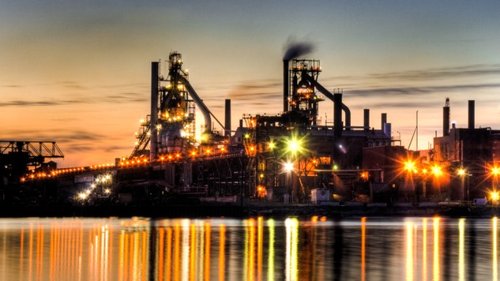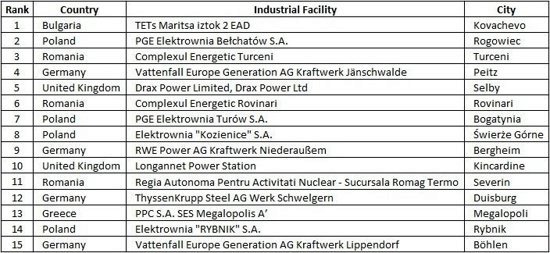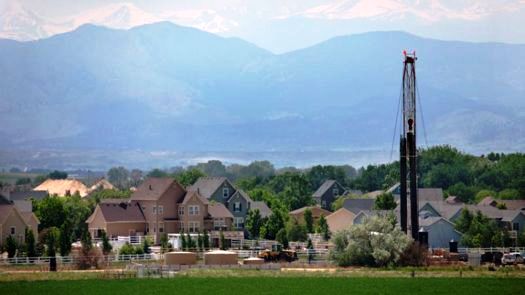Air pollution from Europe’s largest industrial facilities cost society at least €59 billion, and possibly as much as €189 billion in 2012, according to an assessment published on November 25 by the European Environment Agency (EEA). Half of these damage costs were caused by just 1% of the industrial plants.
Air pollution and greenhouse gases from industry cost Europe between €59 and €189 billion in 2012, the report shows. The upper estimate is approximately equivalent to the GDP of Finland or half the GDP of Poland. Over the period 2008-2012, the estimated cost was at least €329 billion and possibly up to €1,053 billion.
The findings come from “Costs of Air Pollution from European Industrial Facilities – An Updated Assessment”, which evaluates a number of harmful impacts caused by air pollution including premature death, hospital costs, lost work days, health problems, damage to buildings, and reduced agricultural yields. The EEA uses a range of cost estimates as there are several existing methods currently used by policy-makers to calculate associated damage costs.
The report also names the most damaging facilities in Europe (use Chrome or Firefox) and the costs in each country. Of the 30 individual facilities identified as causing the highest damage, 26 are power-generating facilities, mainly fuelled by coal and lignite and located predominantly in Germany and Eastern Europe. The report does not assess whether a facility’s emissions are consistent with its legal requirements to operate.
Top 15 Industrial Facilities in Europe Causing Highest Damage Costs
to Health and Environment
Hans Bruyninckx, EEA Executive Director, said: “While we all benefit from industry and power generation, this analysis shows that the technologies used by these plants impose hidden costs on our health and the environment. Industry is also only part of the picture – it is important to recognise that other sectors, primarily transport and agriculture, also contribute to poor air quality.”
Other Findings:
- Fifty percent of the damage costs were caused by just 147 facilities, or 1% of the 14,325 facilities assessed over the period 2008 to 2012. Three quarters of the total damage costs were caused by the emissions of 568 facilities – 4% of the total number. This does not mean that regulation should only apply to larger facilities, as smaller facilities can cause significant local pollution.
- Damage costs have declined over the five years monitored in the report, reflecting lower emissions reported by industrial facilities. This may be due to the impacts of legislation, improving plant efficiencies, and the economic recession in Europe, which caused lower rates of industrial activity in years immediately after 2008.
- Eight of the top 30 facilities are located in Germany; six are in Poland; four are in Romania; three are in Bulgaria and the United Kingdom, two are located in Greece; and the Czech Republic, Estonia, Italy and Slovakia all have one each. However, this ranking does not take efficiency into account – in some cases, larger plants may be more efficient than several smaller ones.
- Countries such as Germany, Poland, the United Kingdom, France and Italy, which have many large facilities, contribute the most to total damage costs. However, the ordering of countries changes significantly if damage costs are corrected to reflect the output of national economies. Emissions from a number of eastern European countries (Bulgaria, Romania, Estonia and Poland) then become more important.
- The report highlights the potential savings if more than 1,500 of Europe’s large combustion plants were to reduce their future emissions in line with best practice.
Check the following link to read/download the Full Report:
http://www.eea.europa.eu/publications/costs-of-air-pollution-2008-2012
Source: EEA.
Notes:
The report does not assess whether a facility’s emissions are consistent with its legal requirements to operate. The report also only focuses on the damage costs to health and the environment caused by industrial facilities. The significant economic and social benefits generated by the industrial sector (such as products, employment and tax revenues) are not addressed.





















